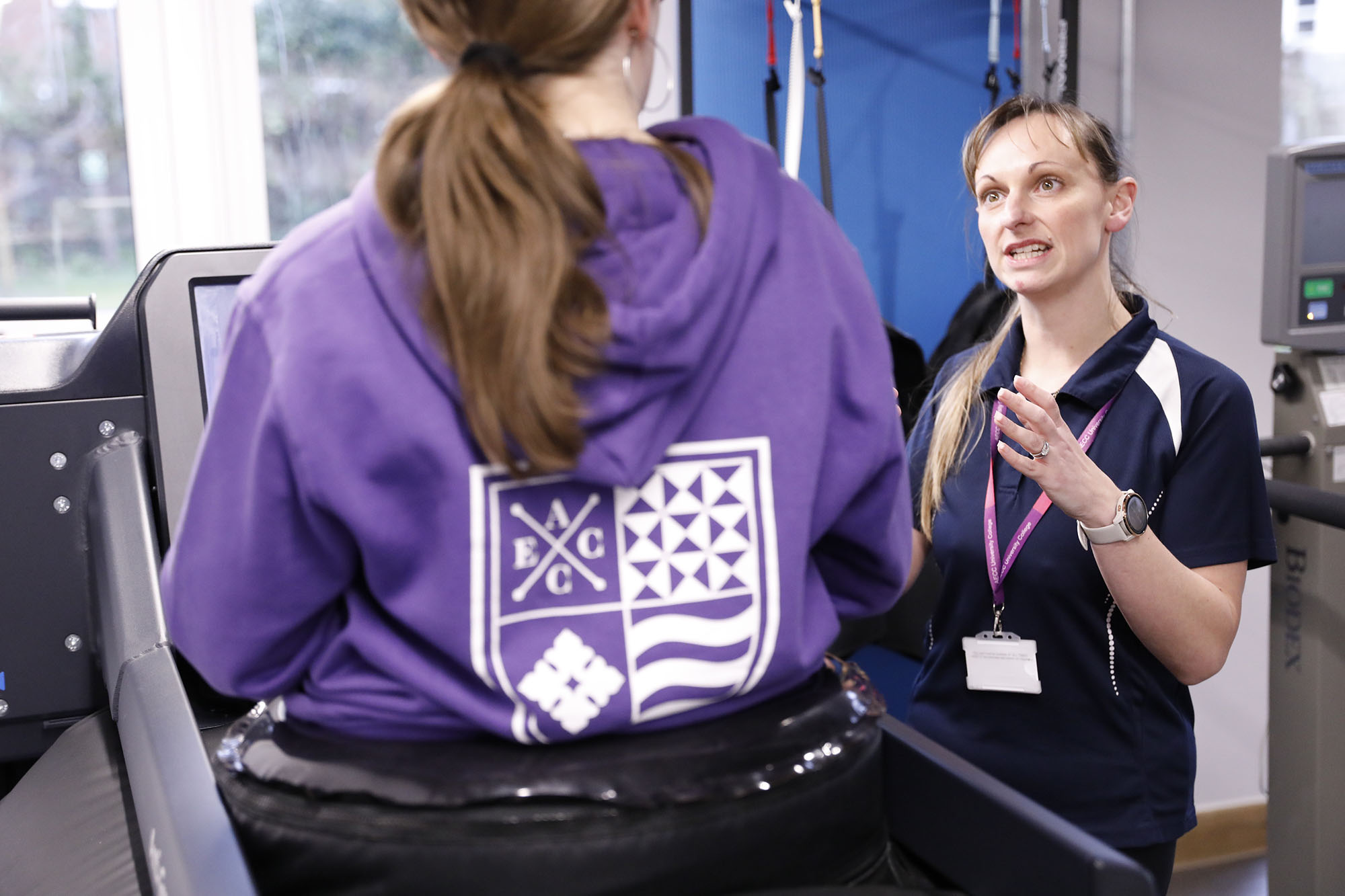A Multidisciplinary Approach to Student Education

Educating the clinicians of the future is absolutely key to the work that we do in Clinical and Rehabilitation Services. We want to give students the opportunity to see a wider picture, where the patient sits at the centre of everything we do but linking in with the wider health care system.
In a hospital setting, patients are cared for by a MDT by necessity. When it comes to Rehabilitation, however, this is much less common – particularly in the community. We want to be recreating this MDT approach within Rehabilitation.
We’re currently exploring ways to do things differently with the student placement that we offer. Ideally, a Rehabilitation placement experience would not be limited to MSK, nor necessarily focused around a single profession.
Moving Away from Placement Silos
Student placements in health care are usually focused around the area of care that they are providing. It can feel like these placements exist in silos.
It’s really important that the students that are providing care at this point understand all of the other parts of care. That helps patients to be put on the right pathway.
A patient that a student encounters in a respiratory care context may also have a cardiac condition, or osteoarthritis, or complex mental health needs, for example. Understanding this is key to the care of the patient.
It’s important to realise that your profession isn’t the only one and that there are other ways to go about things. It’s a real advantage to the patient if students learn this right at the beginning of their careers.
Working Across Professional Boundaries
We could all benefit from knocking down some of the partitions between the silos. Doing this in education, at a grass roots level, is incredibly valuable for our students.
Observing other health care professionals as they treat patients opens our eyes to different ways of approaching the same problems that we see.
As clinicians, we don’t want to be blinkered and too focused on our own area. Whilst we have a scope within a profession and an area of expertise, we need to be encouraging students to be very aware of the massive scope that exists around this.
We want students to see people from different professions working in different ways to help the same individual. In this way, the patient sits at the centre.
Rehabilitation Placement
We are in the early stages of being able to offer a Rehabilitation placement that makes full use of the multidisciplinary team that we have here at AECC University College. That involves observing imaging, going into primary care settings in a First Contact Practice Capacity, observing an orthopaedic triage; as well as spending time with clinicians in their professional capacity.
There is profession-specific knowledge, and then there are the skills that build a foundation for an individual to become the health care professional that they want to be – regardless of actual profession.
Observing a wide range of consultations and interactions from the wider health care picture allows a student to see the same thing done differently. If you observe consultations by three different clinicians from the same background, it will be different every time.
This gives students exposure to different skills and different ways of doing things. The students will then find the things that work for them as clinicians.
Future of Health Care Education
Students are the future of health care; they are our future leaders and our future highly-skilled clinicians.
We want to show them that there is something to learn from everyone, and that everyone does something different within their profession, and also personally as a health care professional. There are things that we can all learn from one another.
There are still those core knowledge and skills that have slightly different emphasis from profession to profession. It’s not about undervaluing or undermining the value that different professions can bring. People identify with their profession and it’s really important that the professional identity still exists.
It’s crucial that we are also learning from our patients about their experience within the wider health care system. They might have been waiting a year for an X-ray or an MRI scan at the point where we as clinicians meet them. It’s having an understanding of the pathway so far and what will happen next for the patient.
Prioritising Patient Outcomes
Providing the very best outcome that we can for our patients sits at the heart of this approach. That’s why anyone works in health care in the first place, but it’s also the hardest part of the job to get right.
The idea behind an MDT process is that you’re aware of the different lenses with which other health care professionals view a patient. You’ve had a peer through the different lenses.
What if we reviewed a patient with colleagues from other professions and each focused on the bits of patient care that we felt really comfortable with? And what if we taught the clinicians of the future to be doing that right from the beginning of their training?
We’re showing our students the bigger picture, so they can see exactly where they fit into that along with other professions, in order to provide the best possible patient care.